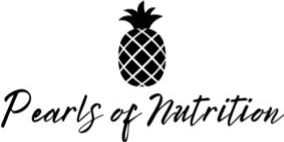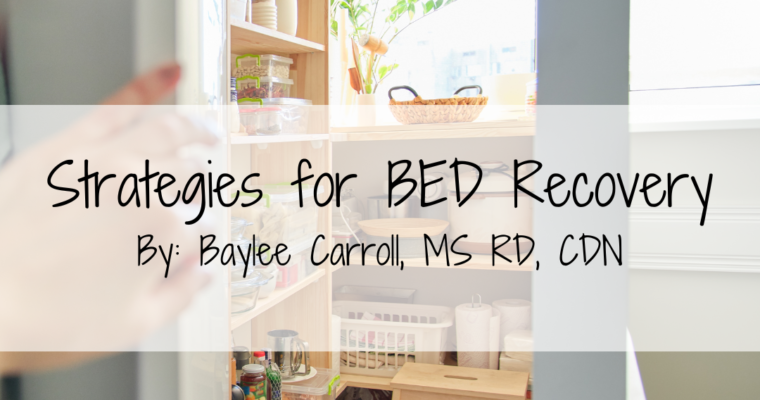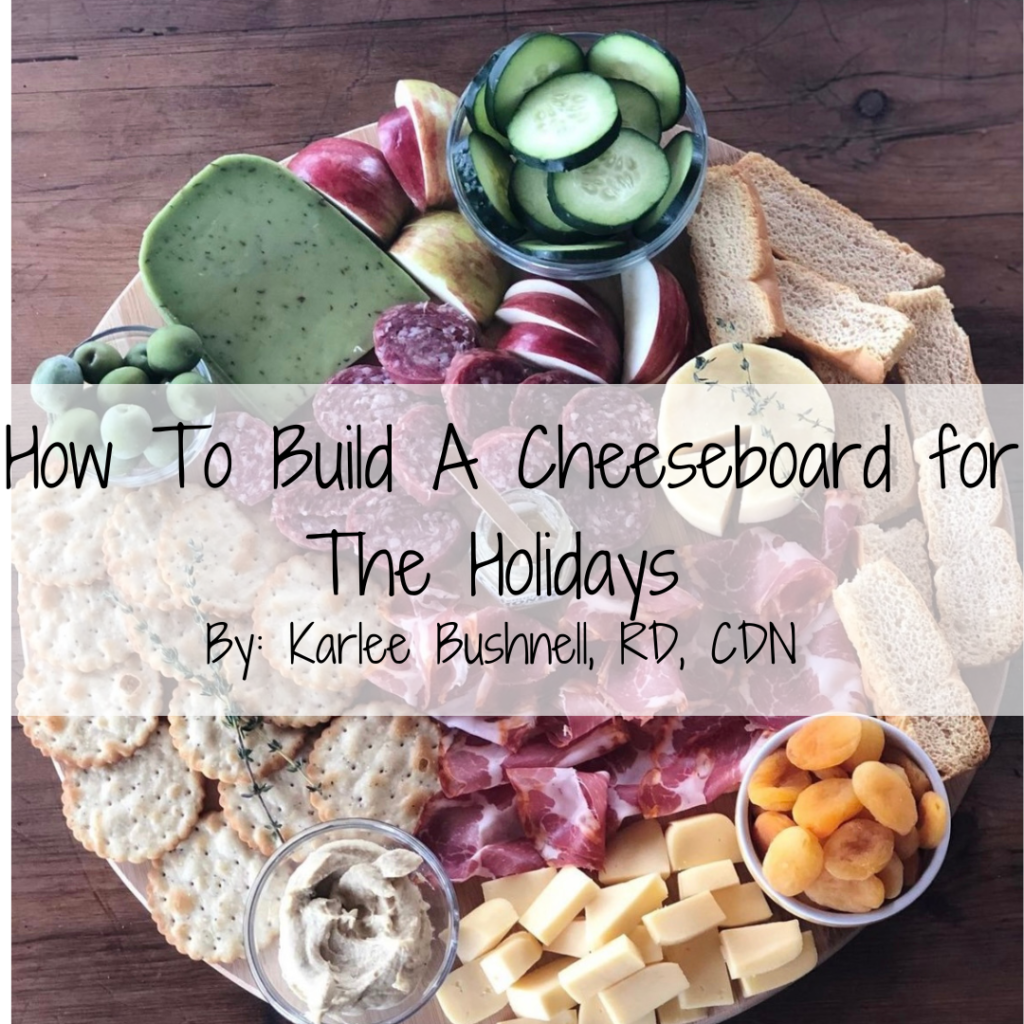
How to Build a Cheeseboard for the Holidays
Cheeseboards or charcuterie boards are absolutely all the rage. And for good reason! Cheese is delicious along with all of the other yummy accouterments you can add. Hoping to build an epic spread for the upcoming holidays? Don’t worry, I got you!
Before we dive into the details of how to assemble your boards, let’s talk about some basic nutrition information about the items you may commonly find on a charcuterie board. Remember, there are no “good” or “bad” foods- food has no moral value. Additionally, each food we consume is different and gives us different nutrients. If any of the ingredients you might find on a board feel like a “fear food” for you, it may be helpful to think of the overall nutritional value of each item, as you’ll hear more of below. Additionally, having exposures to these foods, ideally in a calm environment with support persons nearby, can help to challenge any unhelpful thoughts that may arise around consuming any of these items.
Cheeseboard Components
Cheese – Being a dairy product, cheese provides us with the macronutrients protein and fat. Dairy products also provide us with many micronutrients including calcium, vitamin D, phosphorus, Vitamin A, B12, riboflavin and more! Calcium is used for building bones and teeth; for children and adolescents, bone mass is still being built and calcium helps to improve on this. Dairy products are the main source of calcium in an American diet. If you have lactose intolerance, hard cheeses like cheddar, swiss or colby or aged cheeses such as parmesan can be better tolerated as the lactose is fermented during the cheese making process.
Olives – Olives are a good source of monounsaturated fat. According to the American Heart Association, “monounsaturated fats can help reduce bad cholesterol levels in your blood which can lower your risk of heart disease and stroke. They also provide nutrients to help develop and maintain your body’s cells”. Overall in the body, fats provide a source of satisfaction, flavor, sustained energy, insulation to organs, help with temperature regulation, transport nutrients throughout the body, and more!
Nuts – Similar to olives, nuts contain monounsaturated fats as well as protein, fiber, vitamins, minerals, and antioxidants. Trying different nuts on a cheeseboard can be a fun way to try something new. Maybe you’ve never tried a macadamia nut, pecan, or marcona almond, so why not add them to a board?
Crackers/bread – Our bodies, especially our brains, require carbohydrates all day long as the preferred source of energy! If you’re looking for an extra boost of filling fiber look for a whole wheat cracker or bread product or a seed cracker. Dietary fiber helps to aid with bowel movements and provides more filling, long-lasting energy.
Fruit – Fruit is a great source of micronutrients such as potassium, vitamin C and folate as well as dietary fiber. Common fruits on a cheeseboard might include grapes, figs, apples, pears or dried fruit such as dried apricots. Again, trying something new from a board can be a great way to find new produce options that you can enjoy.
Vegetables – Veggies provide us with numerous micronutrients such as potassium, folate, vitamin A, vitamin C and dietary fiber. Eating a diet rich in vegetables and fruits as part of an overall healthy diet may reduce risk for cardiovascular disease, including heart attack and stroke, as well as may protect against certain types of cancers. Common vegetables found on a cheeseboard might include raw vegetables such as tomatoes, carrots, peppers, cucumbers, celery or radishes or jarred vegetables such as artichokes or roasted red peppers.
Hopefully at this point you are getting excited about making a cheeseboard! But maybe you are wondering about the affordability of this? It’s understandable, many of the above items can tend to be a bit pricier such as nuts, produce and cheese. Here are some tips to make your creation more cost effective:
● Purchase things in bulk if you can – if you know you’ll use nuts, for example, in other meals and snacks, try to buy them in bulk, which can help lower the overall price per unit.
● Use the deli/butcher stand at your local grocer – if you are looking to add meat to your board, you can likely ask at the butcher counter just for the right amount needed for the board to prevent buying more than what you need. Certain cheeses may also be available in your own specific size needs.
● Use seasonal fruits and vegetables – buying what is in season can help to make things more cost effective; additionally you can utilize options like shopping at a farmer’s market or local farm stand, which can sometimes offer more affordable options. As above, jarred options for veggies or dried options for fruit may also be more budget friendly vs buying fresh.
Another way to make sure you are getting the most out of your cheeseboard ingredients is to think about how you can use leftovers from a board so nothing has to go to waste. Leftover cheeses and/or meats can be used as additions to pizza, pasta, eggs, or to make cold hot sandwiches (use any leftover bread here too!). Leftover crackers, fruits, veggies, nuts, and olives can be great additions to salads or used as snacks.
Alright, so now we are at the nitty gritty of the logistics of a board! First you will want to think about selecting your cheeses. It can be helpful to think about purchasing a variety of flavors or textures of cheeses such as an aged
cheese, soft cheese, firm cheese and/or pungent cheese. When planning for quantity, consider about 1 ounce of cheese per person. Having the correct utensils is also helpful and you will ideally want to provide separate knives for each cheese so flavors do not mix. Soft cheese can be spread with a butter knife, firm cheese will cut best with a paring knife, and aged cheese may require you to slice it beforehand so guests can easily pick up slices. Make sure to let the cheese rest outside of the fridge for 60 minutes before serving. This is because the coldness dilutes the flavor of the cheeses.
Next, plan for your additional components; it can be helpful to think about what flavors will pair with the cheeses, as these are the star of the show! Having a variety of flavors from these other ingredients is helpful too. This is where it may come in handy to consider having fresh fruits and vegetables as well as dried or pickled/jarred varieties for different flavor and texture profiles. You can also add more flavor and texture options with items such as honey, mustard, hummus or an olive tapenade.
It may sound cheesy (no pun intended!), but hopefully this post inspires you to try something new on a charcuterie board or just try making a cheeseboard as something new to you entirely! Cheeseboards can be a really fun way to connect with others over food as you compare what combos are yummy and can socialize over a board. Wishing you very gouda holidays (OK maybe there are some puns intended here)!
PS: Here are some photos of holiday themed cheeseboards I have made in the past for Thanksgiving, St. Patrick’s Day, and the Fourth of July!
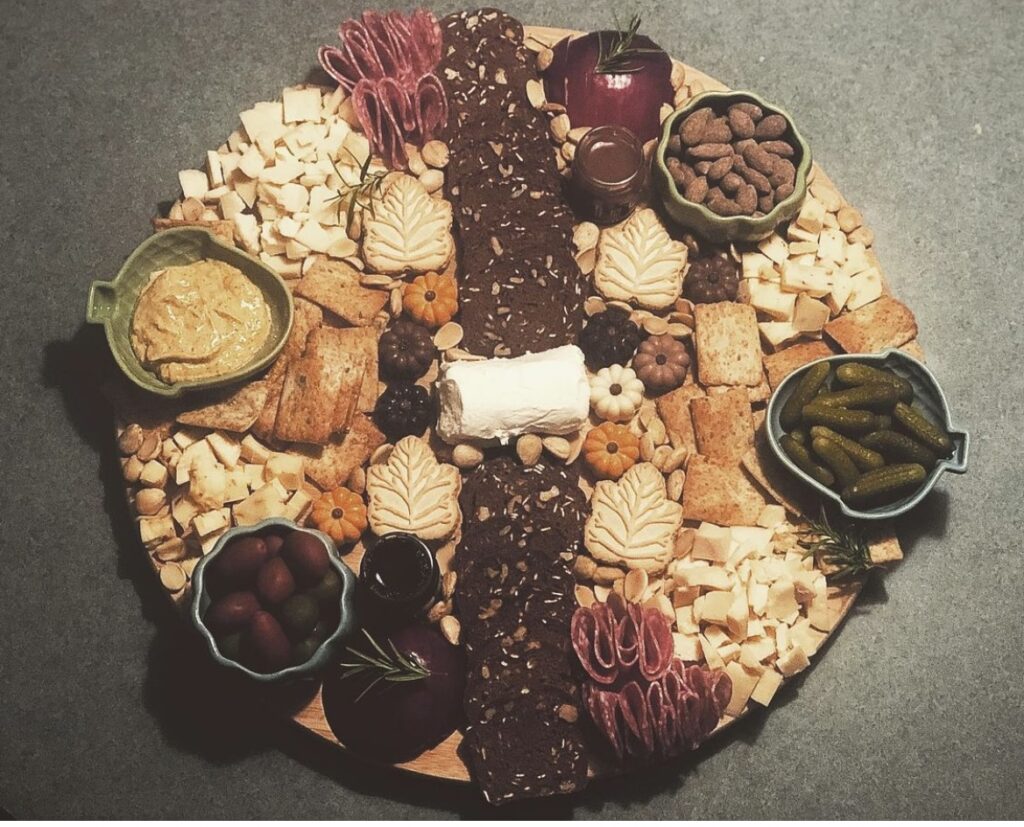
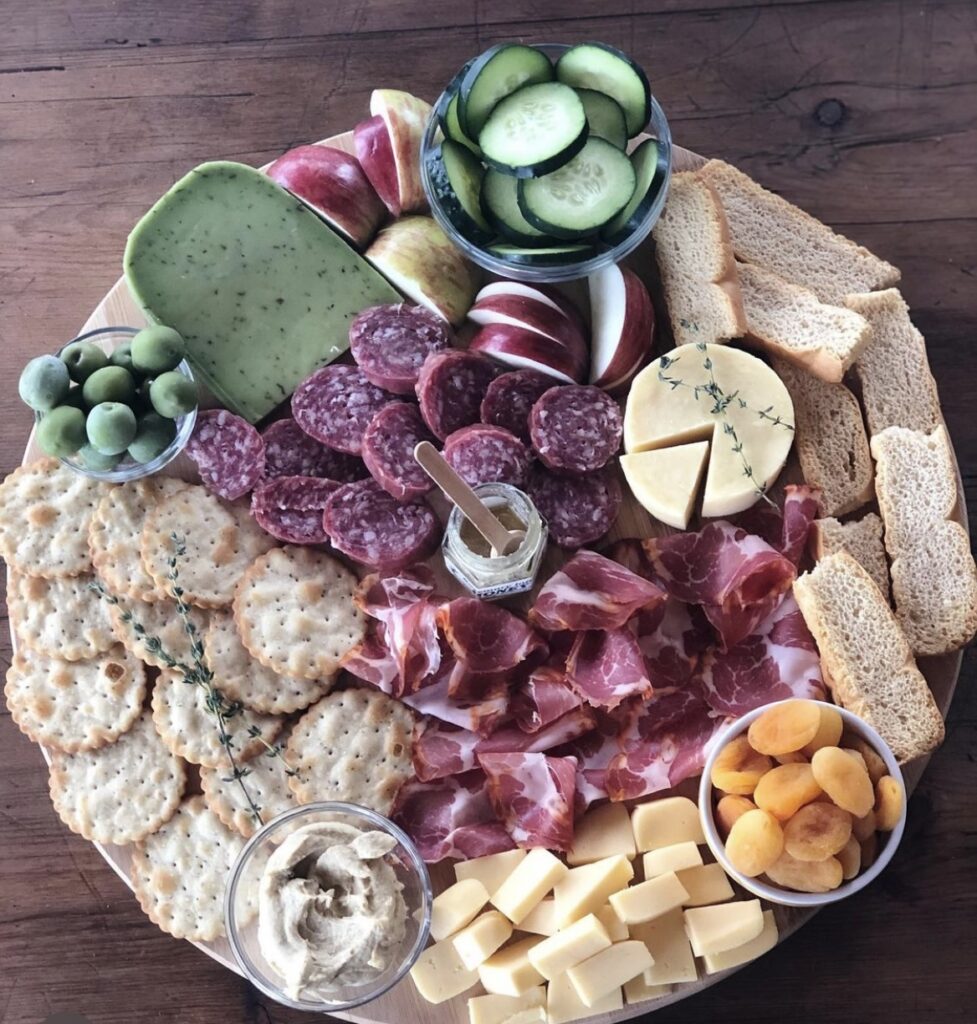
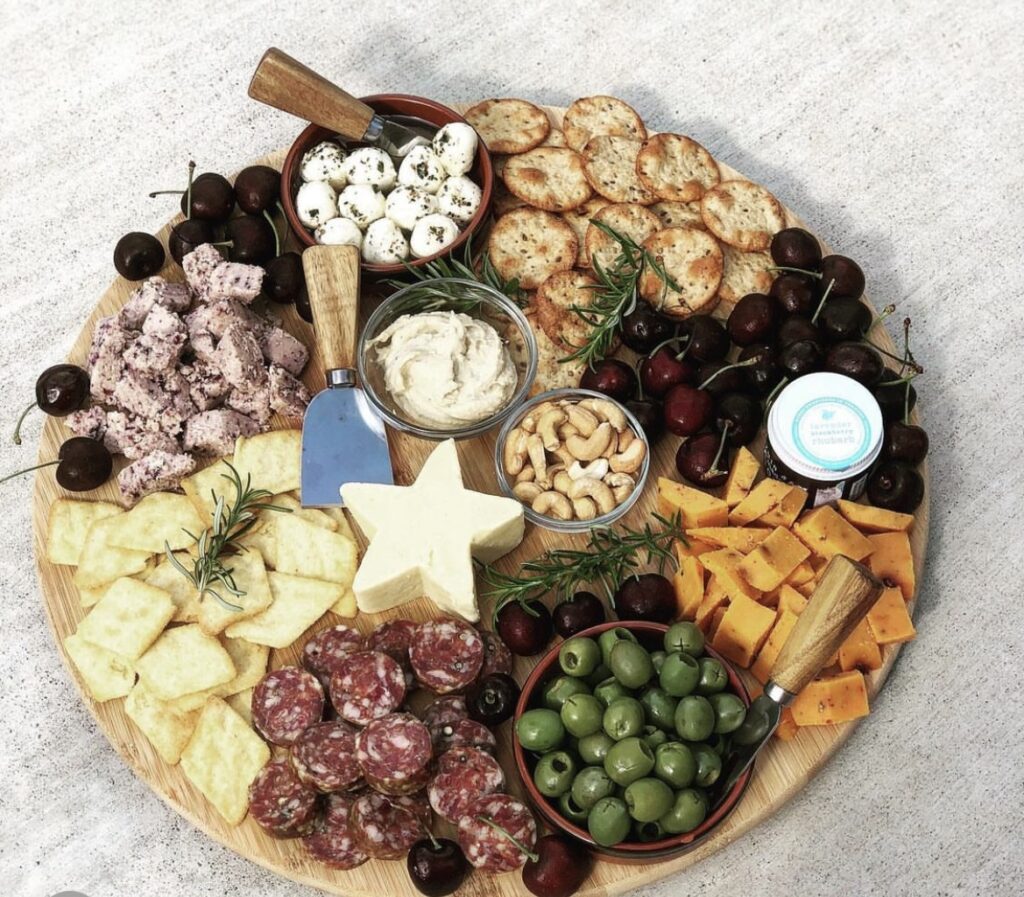
Resources:
● https://www.myplate.gov/
● https://www.heart.org/en/healthy-living/healthy-eating/eat-smart/fat s/monounsaturated-fats ● https://www.realsimple.com/food-recipes/shopping-storing/food/perf ect-cheese-platter
